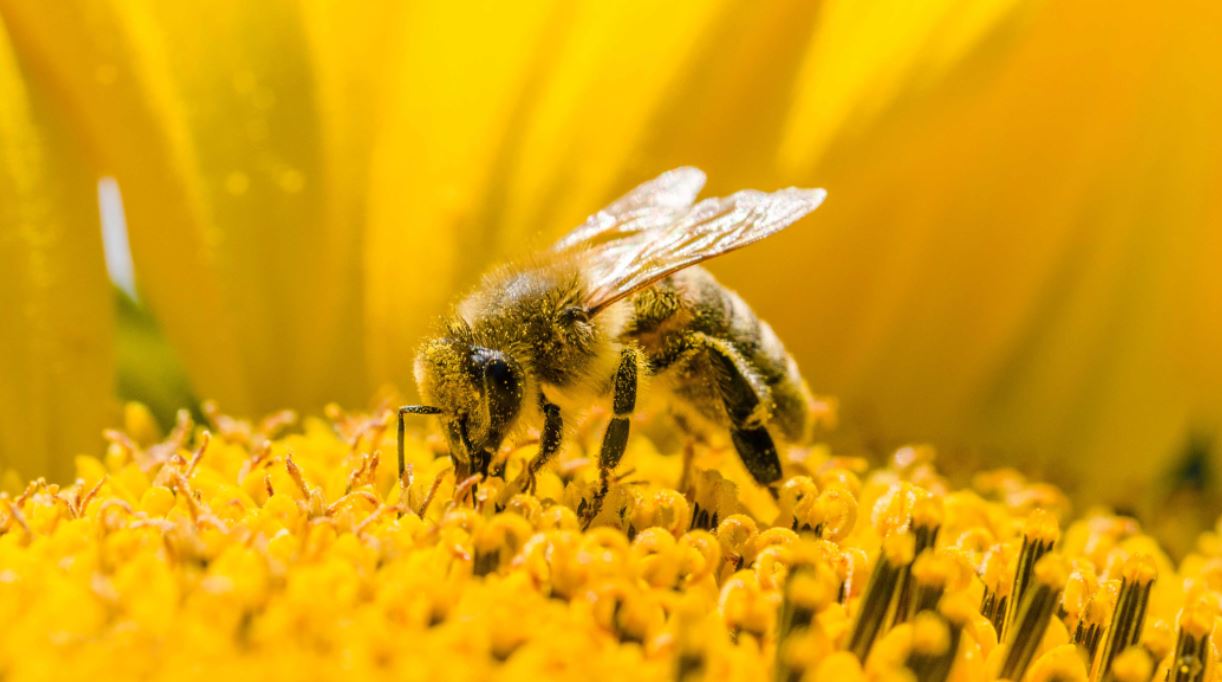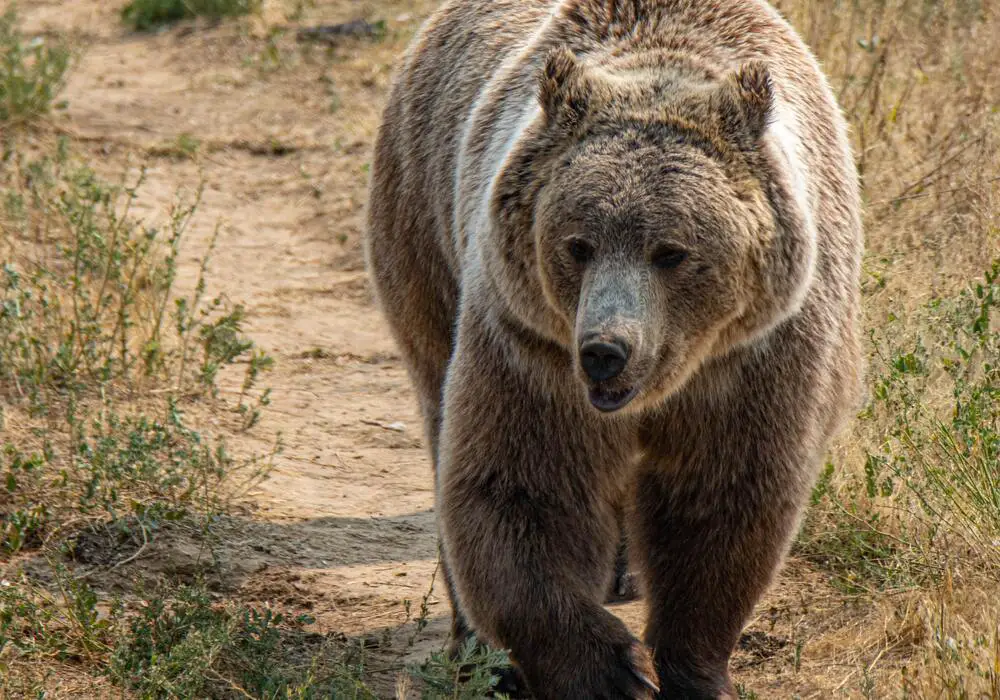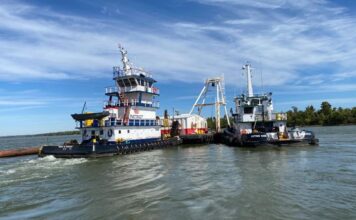The Arctic is warming faster than expected. Scientists have found that the Arctic has warmed not just twice but four times as fast as reported over the past 40 years, with some parts of the Arctic warming seven times faster than the global rate.
The past six years have been the hottest on record, and satellite records show that large swaths of the North Pole were virtually devoid of sea ice last summer.
The warming Arctic is changing from a frozen landscape to a greener landscape that is wetter and more stormy, scientists report in their annual Arctic report.
The National Oceanic and Atmospheric Administration (NOAA) has published Arctic reports since 2006,
This year, nearly 150 scientists from 11 countries produced the latest Arctic assessment, covering Arctic vitals from October 2021 to September 2022.
The report states that 2022 will only be the sixth hottest year on record in the Arctic,
But many major changes this year, including more rain and wetter, mass die-offs of seabirds, and threats to the ecosystem from increased barges due to less sea ice.
Scientists around the world have found that precipitation in the Arctic has increased significantly since the 1950s, and this year is the third wettest in the Arctic on record for the past 72 years.
The number of consecutive wet days in the central Arctic is more than the number of dry days, and heavy precipitation in the North Atlantic has also increased significantly.
September usually snows in Greenland, but this year it rained, and climate models suggest the rain could be the norm for decades.
Seabird deaths also have scientists worrying about ecological and economic crises.
Seabird kills in Alaskan waters were rare before 2015, but rising ocean temperatures have killed or migrated fish, decimating the number of seabirds that feed on fish.
Seabird deaths not only threaten the food security of Alaska Natives, but also their livelihoods.
Scientists believe seabirds are canaries in the coal mine, with die-offs serving as important warning signs of threats to ecosystems.
Scientists predict that by 2035 the Arctic sea lanes may be free of ice in summer.
As sea ice decreases, Arctic marine vessel traffic is increasing, particularly from the Pacific Ocean across the Bering and Beaufort Seas.
Increased vessel traffic presents economic opportunities for new trade routes but also potentially disrupts ecosystems and Arctic communities,
These vessels increase noise pollution and interfere with the ability of marine mammals to communicate.
The Risks of A Warmer Arctic
Climate scientists have long feared a wetter, less icy and warmer Arctic is a reality, yet Arctic reports show that the Arctic has changed fundamentally over the past few decades.
A warming Arctic will cause global sea levels to rise, alter the way ocean heat and water cycle, and may even affect extreme weather events such as heat waves and heavy rainfall.
A 1-foot rise in global sea levels would have major impacts on coastal communities, with sea-level rises projected to potentially displace nearly 200 million people by the end of the century.
High temperatures continue in Arctic communities, with the community of Utqiagvik in northern Alaska hitting 40°F (4°C) last week, breaking winter records at a time of year when scientists say there is little sun in the region.
The Arctic is key to the global climate system and will lose its ability to help regulate the world’s climate as humans continue to emit gases that heat the planet and accelerate the climate crisis.





